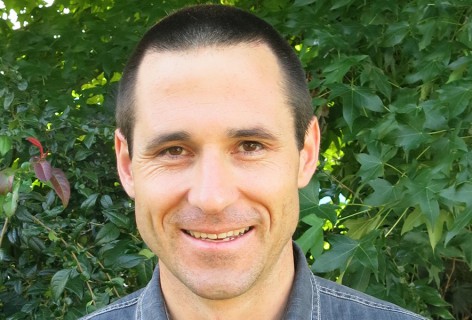The partnership’s recommendation for a farm-level emissions pricing system, as part of its guidance on how to measure, manage and reduce carbon emissions, is likely to lead farmers to explore innovative ways to reduce and offset their emissions. One of the workstreams of He Waka covers the practicalities of on-farm sequestration of carbon in Aotearoa.
Carbon storage in vegetation, notably pine trees, is the most well-known sequestration approach, but there is increasing interest in the potential for sequestration in soils. Whilst this is a potential opportunity, there are a number of key challenges to address before farm-scale emissions in Aotearoa could be credibly offset from soil carbon sequestration.
First, what changes in land use or management could be implemented to increase soil organic carbon stocks (SOCS) in Aotearoa’s soils? At a coarse scale, we know that some changes in land use, such as conversion of forest or cropland to pasture can lead to increases in soil carbon, and conversion the other way to losses of soil carbon. However, our understanding of the effect on soil carbon of changes in management practices or systems (e.g. grazing management) within a given land use is very limited. In most cases, farmers will require more certainty that a specific change in land use or management practice will increase soil carbon before changes are implemented in the quest to offset emissions via this mechanism. Further, the net effect on total GHG emissions also needs to be considered (e.g. a change in land use or management aimed at increasing soil carbon could potentially increase methane and nitrous oxide emissions).
Second, how would changes in soil carbon on-farm be determined? There are two main ways to attempt to answer this question: direct soil measurements on farm, or models (or a combination). Well-documented sampling methods and monitoring systems are available to enable direct measurement of changes in soil carbon. However, these methods are currently laborious, expensive and multiple years (3+) would be required to determine whether any changes were indeed occurring. Modelling would be easier and cheaper, but currently there isn’t enough data to parameterise models to confidently predict how soil carbon will change in response to changes in land use or management for specific, individual farms across Aotearoa (due to the diversity of climate, soil type and management regimes).
And third, what policy or regulatory frameworks would have to be put in place to enable soil carbon to be accounted for in a robust way? At present soil carbon is not explicitly included in Aotearoa’s Emissions Trading Scheme and is not included in the He Waka Eke Noa proposal. Should Aotearoa choose to include soil carbon in such systems, the simplest approach might be to adapt the system already legislated in Australia. The Australian system not only considers measurement of changes in soil carbon, but also covers the issues of additionality, permanence, and the implications of changes in land use or management on other greenhouse gas emissions. It also stipulates how farm-scale results must be reported to enable aggregation to contribute to national scale reporting obligations.
Manaaki Whenua’s soil and social scientists are working on all three challenges simultaneously (see for example page 5) and we are involved in both direct measurements and modelling work for soil carbon accounting systems at various scales.

